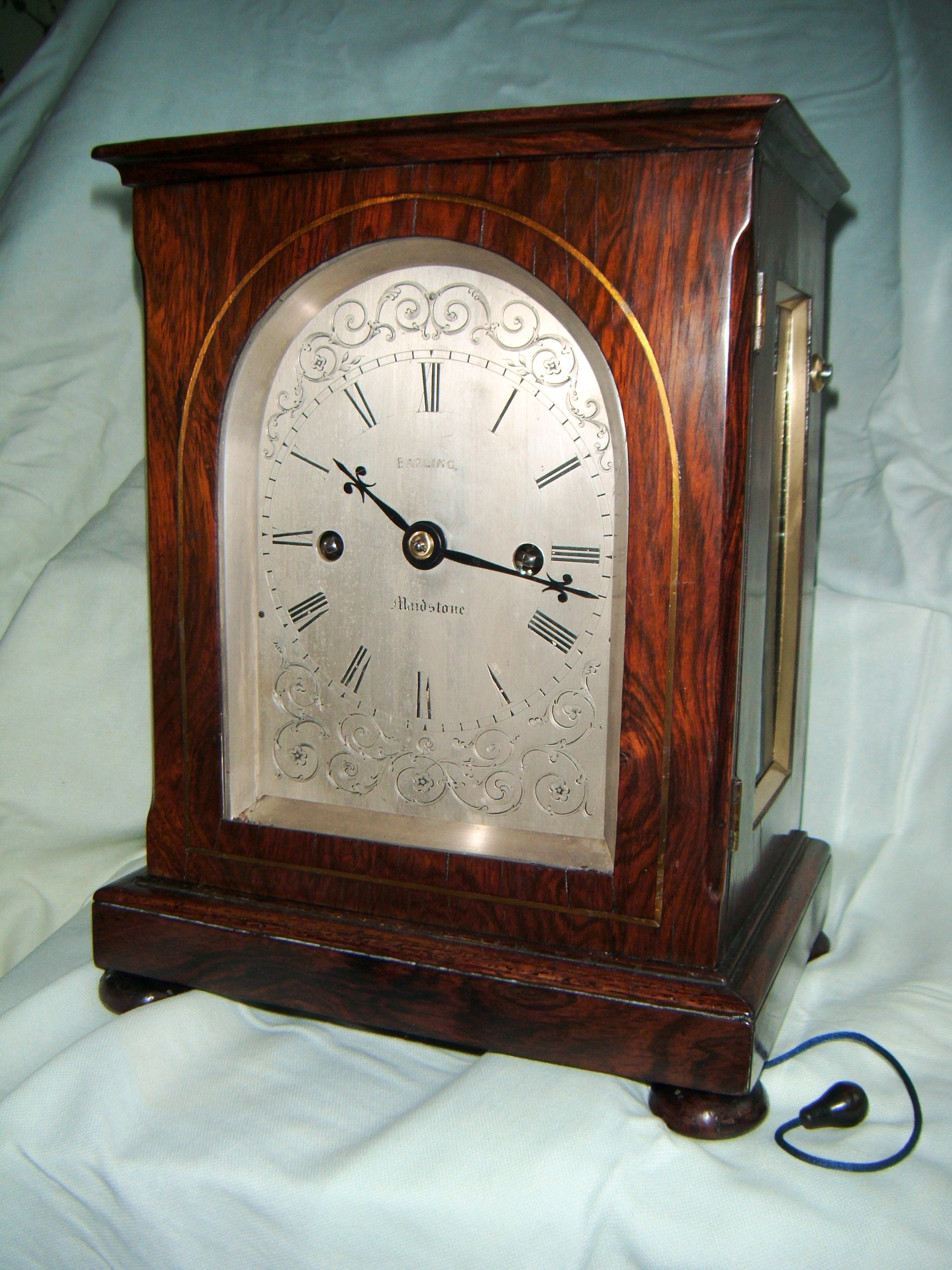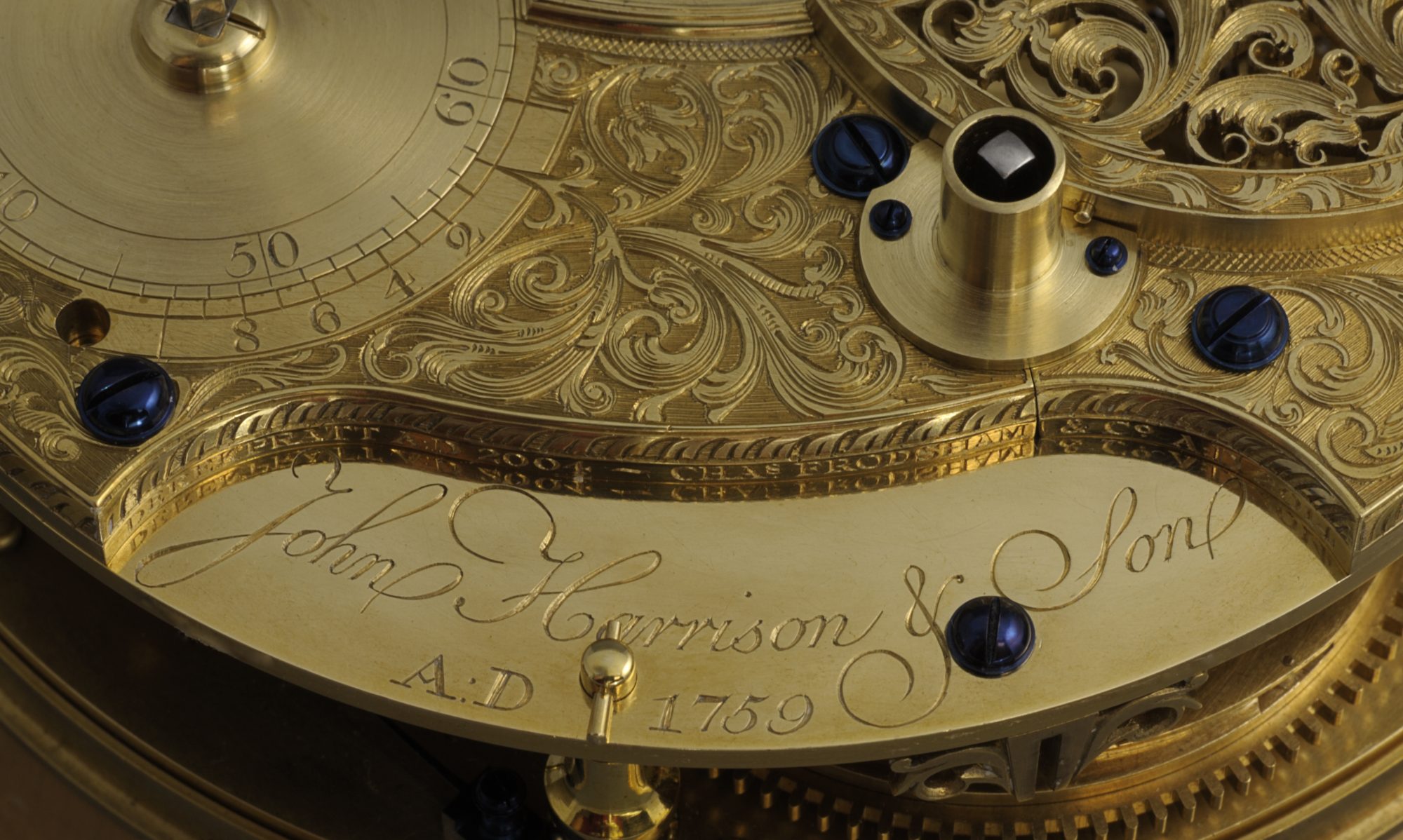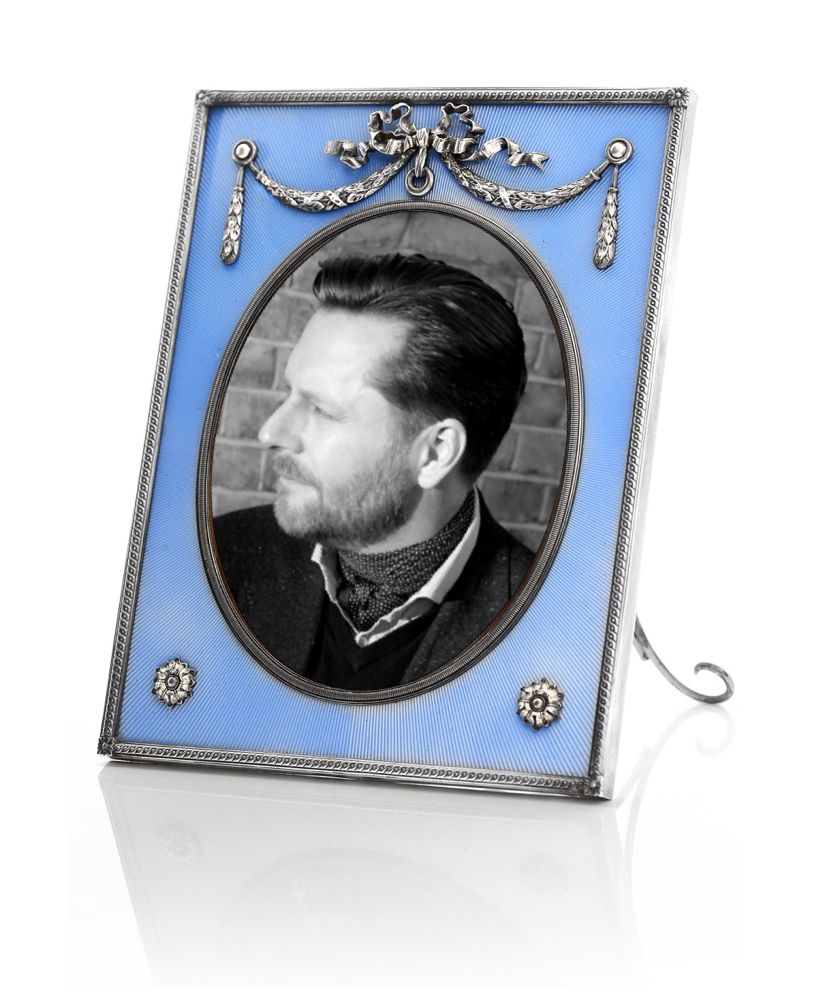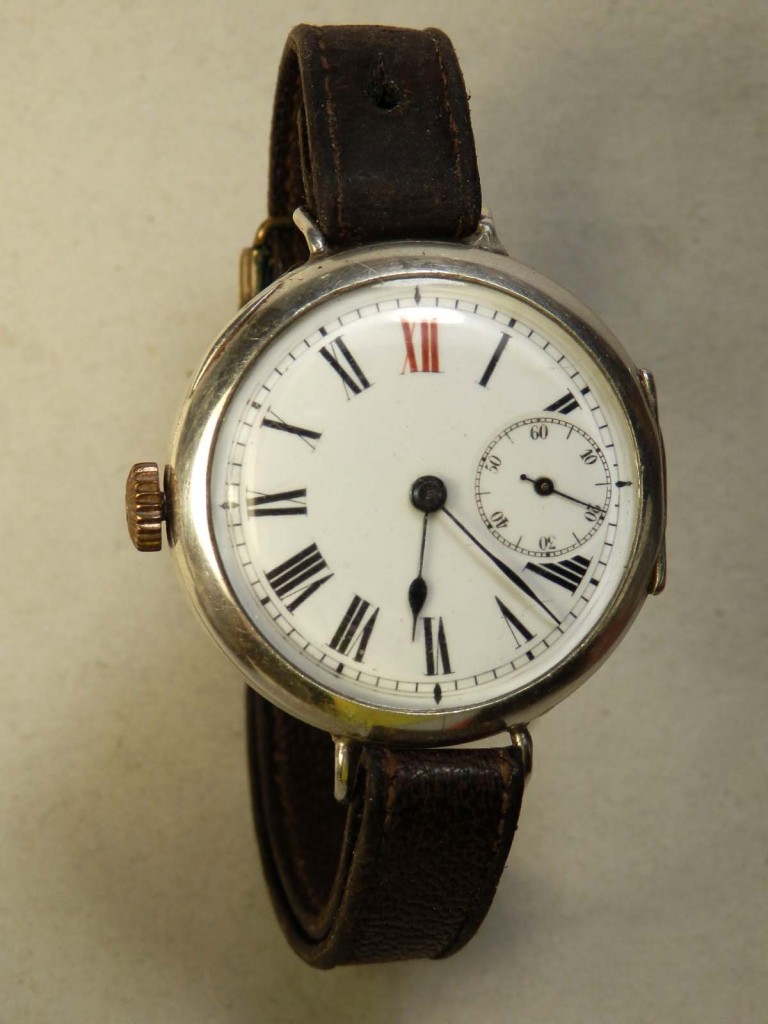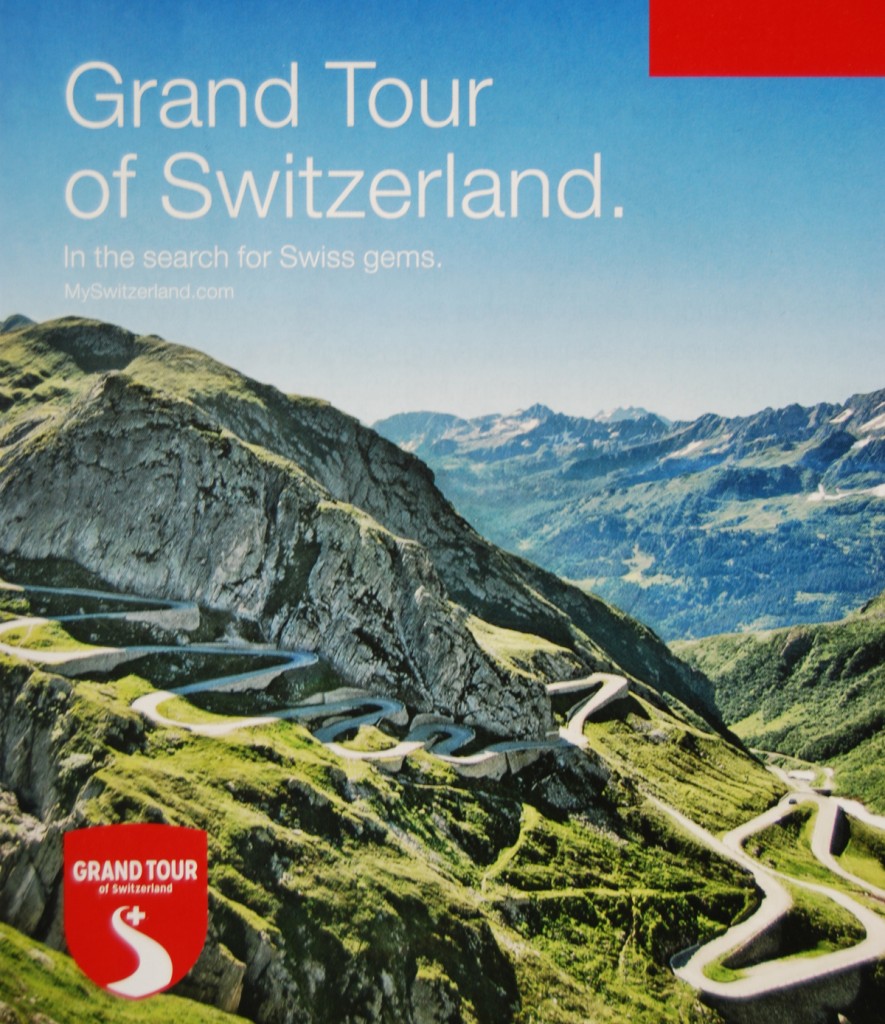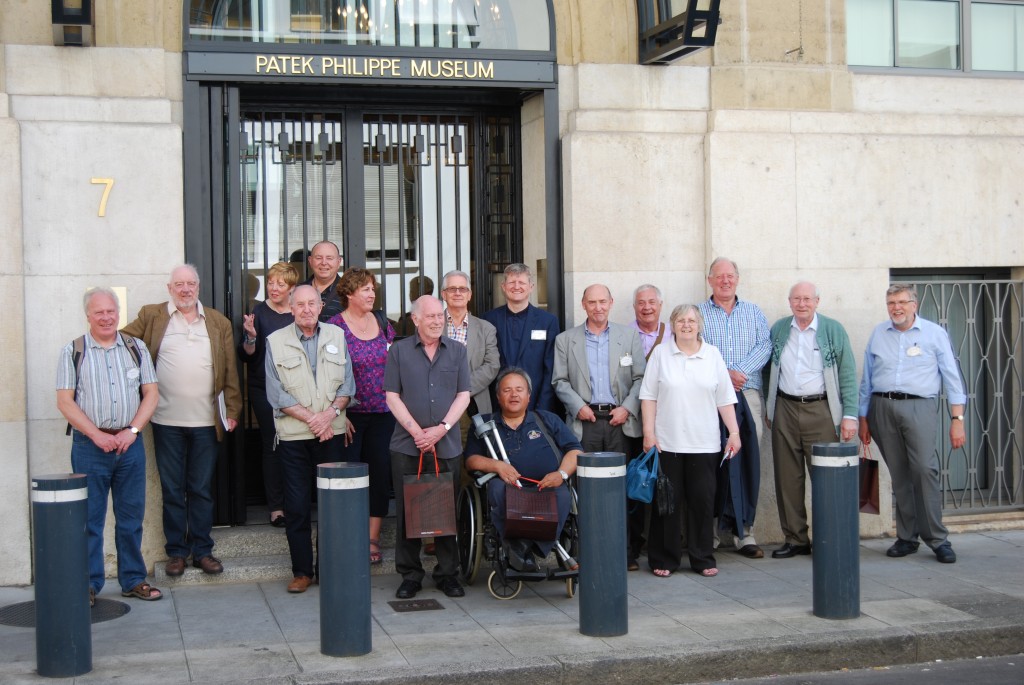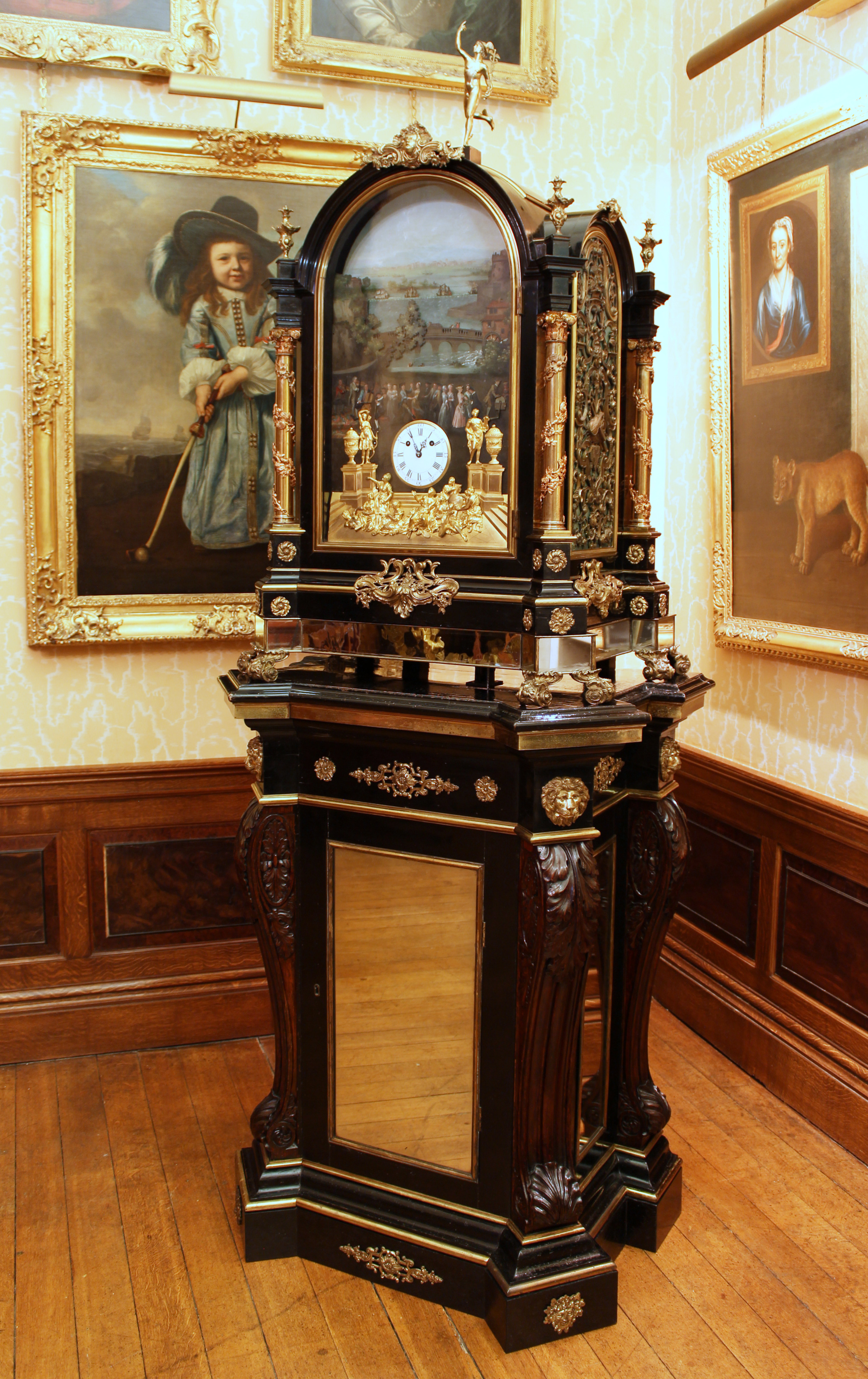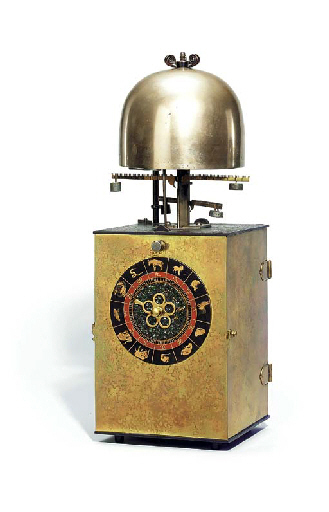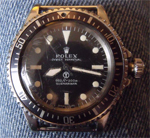RESTORATION OF A BRACKET CLOCK
Sid Lines MBHI
For our April meeting we are delighted to welcome Sid Lines MBHI. Many members will remember Sid’s talk on “Workshop Practice – Hints & Tips” and know that we are in for a very practically focused evening. This is a change to our published programme as unfortunately due to a business commitment David Walter cannot be with us and we are very grateful to Sid for stepping in at such short notice.
Sid says “being in engineering for most of my working life has its advantages as most of the required hand skills were brought about by lots of practice. During the practice there was also a large amount of small machine tool work (lathes / milling etc.) again helping greatly when it comes to making replacement parts and methods of repair.”
The talk covers the restoration of a clock purchased at a branch auction some four years ago and shows how Sid used his engineering ideas to make the missing parts plus a small amount of carpentry.
The clock by a local “Maidstone” maker is a good example of a small double fusee in a pleasant rose wood veneered case.
Sid hopes we will enjoy the talk as much as he enjoyed restoring the clock – I am sure we will!!
